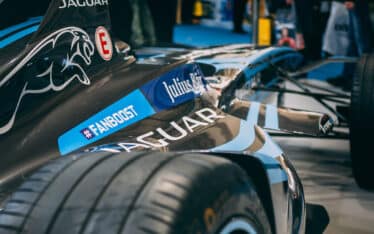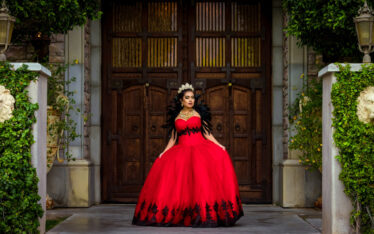Taking great photos can enhance your experience of sporting events. You get to preserve memories, then share them with your family and friends, as you recount the event. However, it can be tricky to shoot athletes in motion. And even more so if you’re in a crowded arena. Finding the best angles and capturing the action isn’t as easy as one would think. So here are some tips from a professional event photographer to help you get the best possible sports photographs.
Best Cameras for Sports Photography
When shooting sports, you need to be able to capture motion. Whether it’s a player sinking a basket, a runner on a field, a football player throwing a pass, or a car speeding around the track, you need a camera that can capture speed. Otherwise, what looks like a thrilling moment can get distorted into a blur. The main settings you need to use for motion are shutter speed and burst mode.
Many professional sports photographers prefer DSLR cameras for their durability, sharpness, and resolution. These cameras make it easy to change lenses for different purposes. One downside to DSLRs is that they tend to be relatively large and bulky. They’re also not the cheapest cameras if you’re on a tight budget.
Mirrorless cameras are another good option for sports photography. While DSLRs use a mirror to reflect the images you see in the viewfinder, mirrorless cameras use an electronic viewfinder without a mirror that provides a real-time view of the frame. Mirrorless cameras are lightweight compared to DSLRs, making them convenient to carry around. They also provide high shutter speeds and accurate focusing capabilities.
Smartphones are not the ideal choice for sports photography, but the latest models do provide some useful features for capturing fast-moving action. You may need to download an app to get the most out of your smartphone. For example, Adobe Lightroom Mobile CC gives you many editing capabilities.
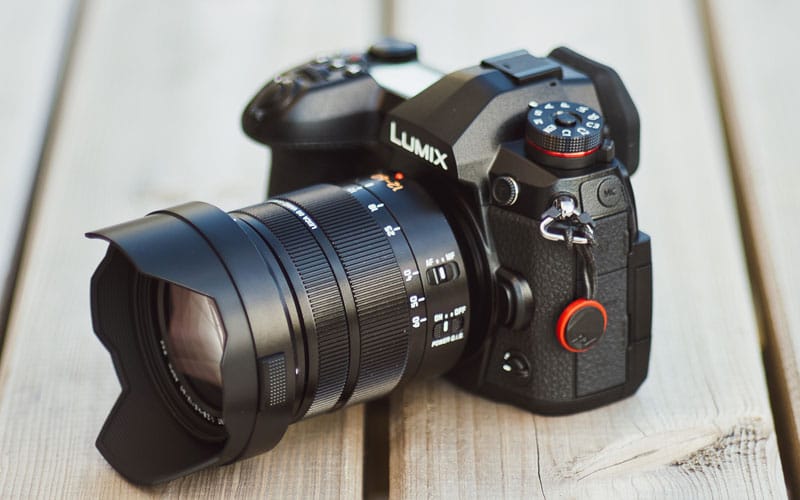
For sporting events, the lens is just as critical as the camera. On many occasions, you’ll need a lens that lets you capture the action from a distance. Photography is often restricted to certain areas. Depending on the rules and how crowded it is, you need to be prepared to shoot from a variety of angles and distances. As many sporting events require photographers to move around, it’s good to have several lenses that can be changed for different distances.
The basic choices for lenses are prime lenses, which have a fixed focal length, and zoom lenses, which let you adjust the focal length. A telephoto lens allows you to get clear shots from a distance. A telephoto lens is classified as a lens with a focal length of at least 85mm. A super-telephoto lens has a focal length longer than 300mm. A telephoto lens can also be a zoom lens with different settings.
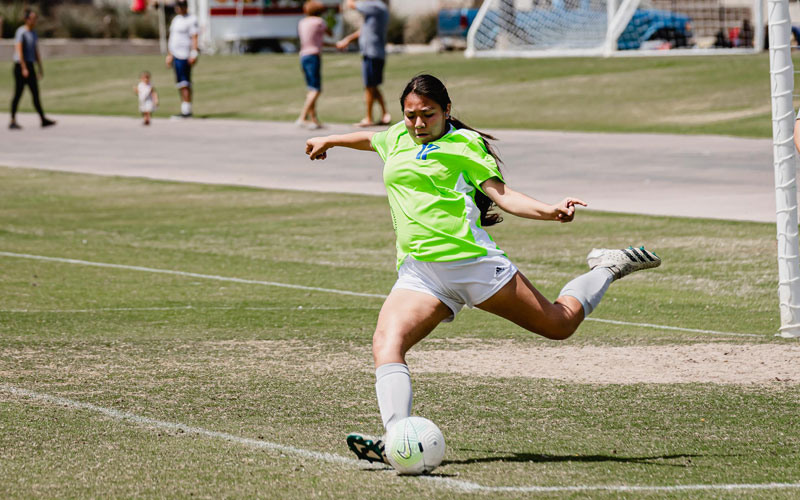
The following are some of the main settings you need to be aware of when taking sports photos.
- Shutter Speed – As you can probably guess, you’ll want to use the fastest shutter speed your camera provides. Some cameras shoot 1/8000th of a second. Now that’s fast!
- Focus Modes – Continuous focus mode is useful for tracking moving objects and people. Automatic Autofocus mode automatically tracks subjects and can even predict likely future movements.
- Burst Mode – Burst mode or continuous shooting mode helps you track fast-moving subjects without having to take separate shots, where it’s easy to miss vital action. Burst mode also gives you a selection of shots to choose from later. On most cameras, this mode is activated by holding down the shutter button. This feature is available on many smartphones as well.
Essential Accessories
The following are some tools and accessories to help you take better shots at sporting events.
- Tripods and monopods are useful for giving you greater support and preventing camera movement. Tripods provide the most stability, but it’s not always practical to set up a tripod if you’re in a crowd. Monopods are lighter and take up less space, making them better for events where space is limited or when you’ll be moving around.
- Camera bags make it easier for you to carry your camera and accessories around, while protecting them in transit.
- Extra storage is always a good idea. Modern cameras take pictures that consume a lot of space on your memory card. So having an external drive or extra memory card is essential if you end up taking more shots than you expected.
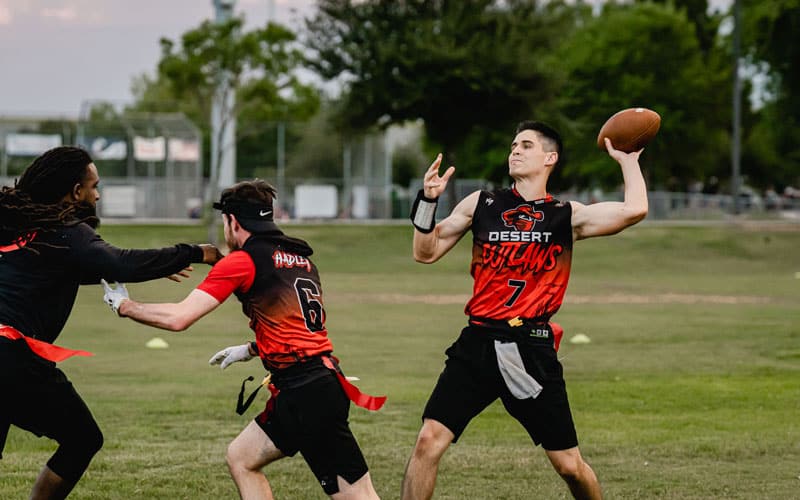
Sports photography lets you capture timeless moments of excitement. Each sport has its own rhythm and speed. If you photograph a variety of sports, however, you’ll learn some of the nuances of the game and use it in your approach.
You also want to consider what kind of shots you take. For example, if you’re planning to attend the upcoming Big Game in Glendale, Arizona in 2023, you’ll want to capture photos of the entire event, which includes the game itself, players walking on and off the field, the fans and their cheering and banners, the halftime show, and the scene outside the stadium before and after the event. But a word of caution, make sure to check with the stadium or venue as to what kind of camera AND bags, can be brought in. Chances are, you’ll have walked a long way to get to the entrance, only to have to turn around and leave your equipment behind.
The first step is to just start shooting. Maybe practice at a local high school or college game. As you gain experience, you’ll develop your own preferences regarding cameras, lenses, and angles. At the end of the day, learning how to shoot great action shots of professional or even amateur athletes, can be quite rewarding.



